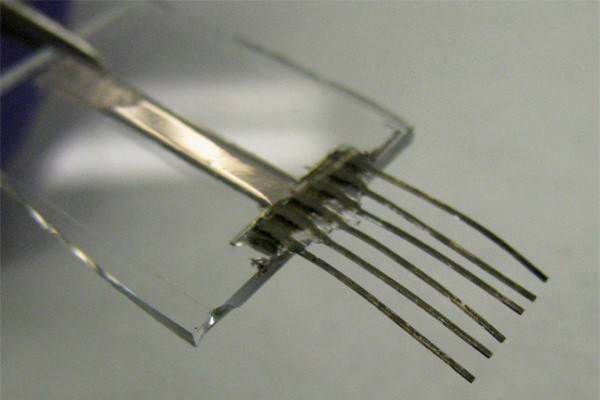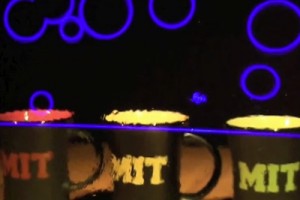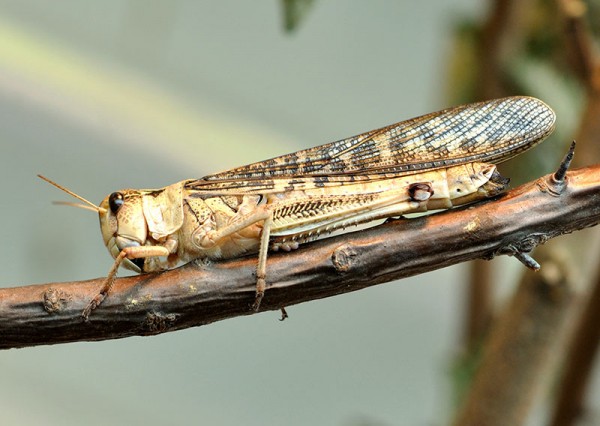
Electronic Whiskers Could Help Robots Sense Their Surroundings
Science, January 2014Robot lovers, rejoice: The world is one step closer to “robocat.” Many mammals use special hairs on their faces to feel for unseen objects. Researchers realized artificial whiskers could help robots sense the world around them, but until now, attempts at whiskerlike sensors have been bulky and inefficient. Using cutting-edge materials, a team of researchers has now developed electronic whiskers with a sensitivity and size mimicking their natural counterparts.




